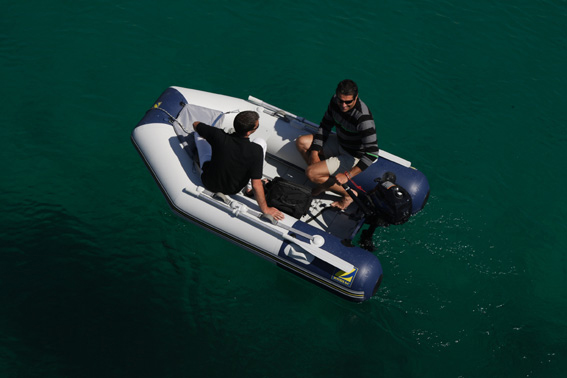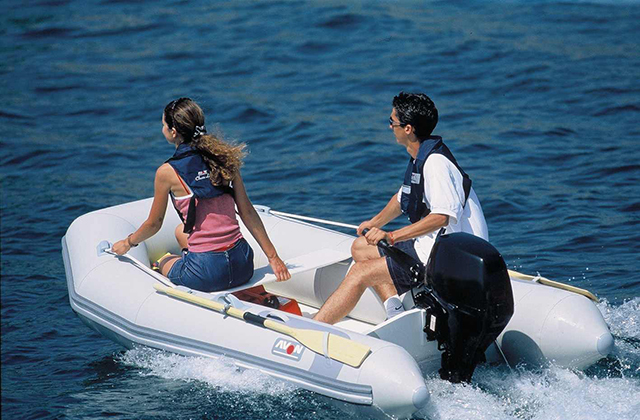A FULL PORTION OF RIBS
There has been much discussion about the pros and cons of rigid inflatable boats of late. In the past there might have been certain negative connotations linked to the RIB but with today’s modern build standards and the superior materials being used, the RIB makes for an excellent purchase. The quality issues of the past have been eliminated and the modern RIBs offer a variety of commercial uses such as sea rescue operations, diving boats and safety. They are also a lot lighter than their fibreglass counterparts and are equally at home in breaking surf, rivers, dams, lagoons, inlets and open sea conditions.
The RIB sector in the marine industry is a fast growing sector and this can be directly apportioned to the reduced costs of this type of boat and their ease of use. Modern RIBs use stronger imported materials and employ thermo-bonding tube technology to create the excellent foundation for these boats.
Another factor that weighs heavily in favour of the RIB is that they are extremely stable and offer great buoyancy due to their low centre of gravity. The tubular structure acts as a shock absorber and gives all passengers on board a much softer ride than that found in conventional hulls. It is almost impossible to capsize a RIB and this is why it is a favourite of the NSRI in South Africa and many other sea rescue, police and naval authorities throughout the world.
RIBs are often easier to launch and retrieve and they often require less engine power to drive them due to their reduced weight.
Another factor of the RIB is that it has a higher load capacity compared to conventional craft due to its greater levels of buoyancy.
From a leisure boating perspective, RIBs are a lot of fun and offer owners a greater sense of adventure. Did we mention that RIBs are a highly affordable option? Well they are, and they offer excellent value for money. Throw in portability, ease of transport, stability and durability and it is understandable why there are so many RIB converts. Rigid inflatable boats offer a good combination of affordability and comfort.
10 BENEFITS OF A RIB – AT A GLANCE
1. They cut through the water easily making the ride that much smoother and less bumpy – even in rough conditions.
2. The hull structure adds support and allows for more powerful motors since the transom is usually made of solid, rigid material.
3. A RIB is very difficult to capsize and the rigid construction makes it very stable at high speeds. It will also remain afloat even if the hull is flooded.
4. The RIB can be used in all types of water, right from calm dams through to rough open seas.
5. RIBs offer a variety of uses which range from leisure boating activities such as fishing and diving to commercial uses such as tenders, sea rescue boats and life boats.
6. RIBs solid floors provide excellent stability for passengers.
7. RIBs generally are easily manoeuvred and the modern RIB responds to changes in motion and direction very quickly compared to other types of boats.
8. RIBs are almost totally resistant to low-impact collisions. This is due to the separate tube chambers that negate the impact. Most RIBs have a pressure release valve which prevents the dangerous increase of pressure rupturing the tubes.
9. The deep V-hull designs of the RIB allows for excellent hydroplaning and in the more modern RIB V-hulls where the hull flattens out to the rear of the boat, it adds to the stability of the ride when on the plane.
10. The bigger RIBs often come with wheelhouses and cabins that safeguard the navigational equipment and provide areas of rest for the crew.




